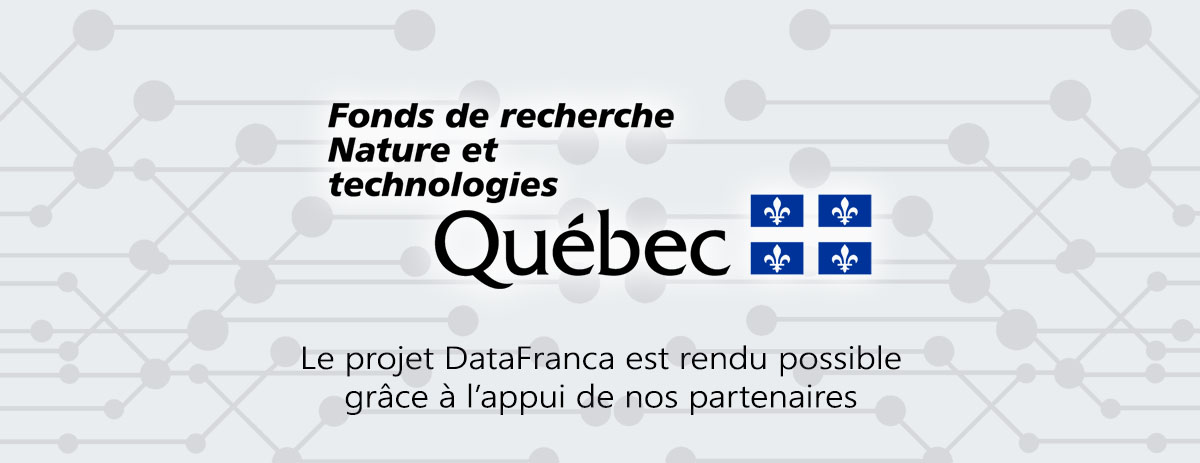Test de Turing
Domaine
Définition
Inventé par le mathématicien britannique Alan Turin en 1950, il est destiné à évaluer l'intelligence d'une machine ou d'un système. Concrètement, il cherche à éprouver sa capacité à travers une conversation en langage naturel, à se faire passer pour un humain. Le test se déroule entre un opérateur humain, un autre humain et une machine, par l'intermédiaire de terminaux et de manière anonyme. L'opérateur doit, à travers des échanges textuels, deviner lequel de ces interlocuteurs est la machine.
Termes privilégiés
Anglais
Turing test
The Turing test, developed by Alan Turing in 1950, is a test of a machine's ability to exhibit intelligent behavior equivalent to, or indistinguishable from, that of a human. Turing proposed that a human evaluator would judge natural language conversations between a human and a machine designed to generate human-like responses. The evaluator would be aware that one of the two partners in conversation is a machine, and all participants would be separated from one another. The conversation would be limited to a text-only channel such as a computer keyboard and screen so the result would not depend on the machine's ability to render words as speech.[2] If the evaluator cannot reliably tell the machine from the human, the machine is said to have passed the test. The test does not check the ability to give correct answers to questions, only how closely answers resemble those a human would give.

Contributeurs: Claude Coulombe, Jacques Barolet, wiki, Robert Meloche






